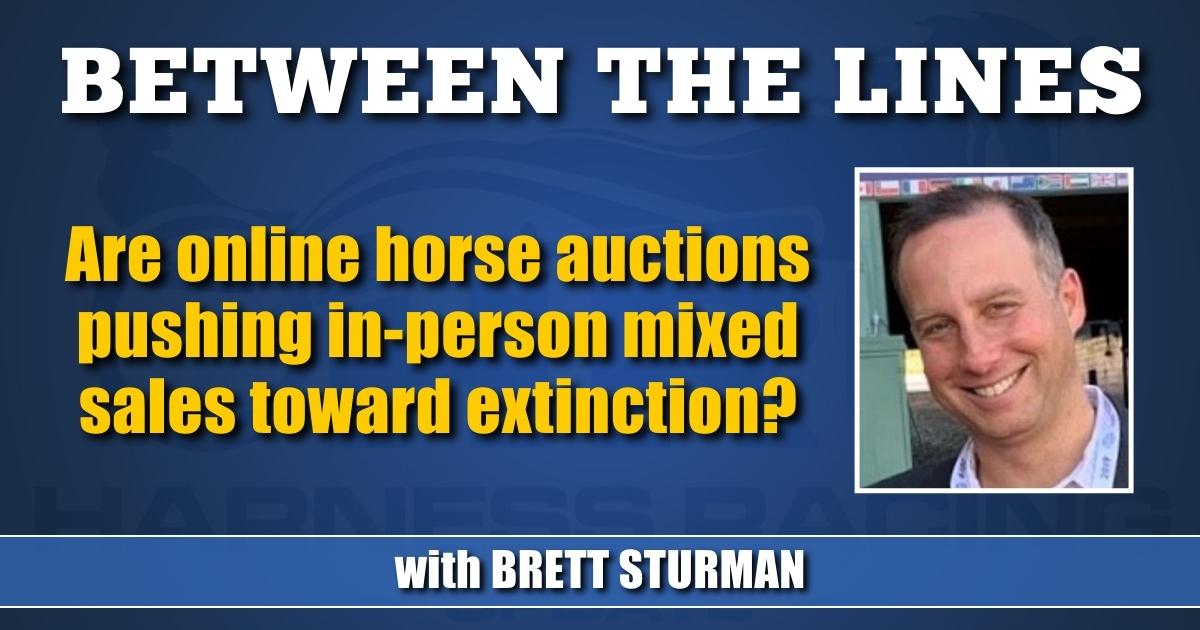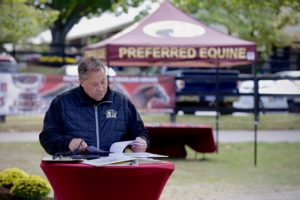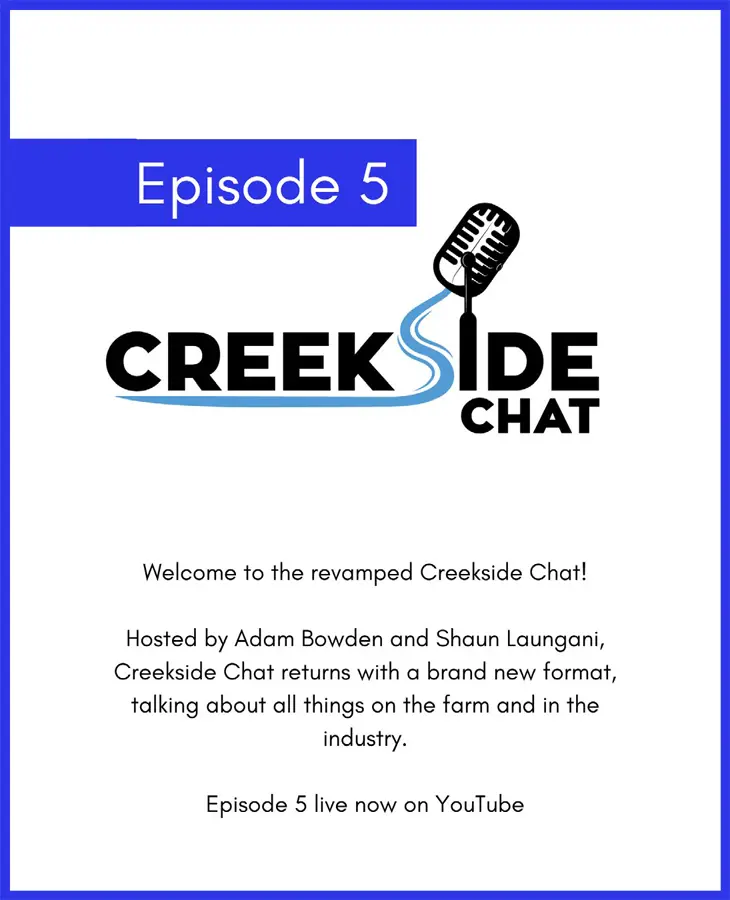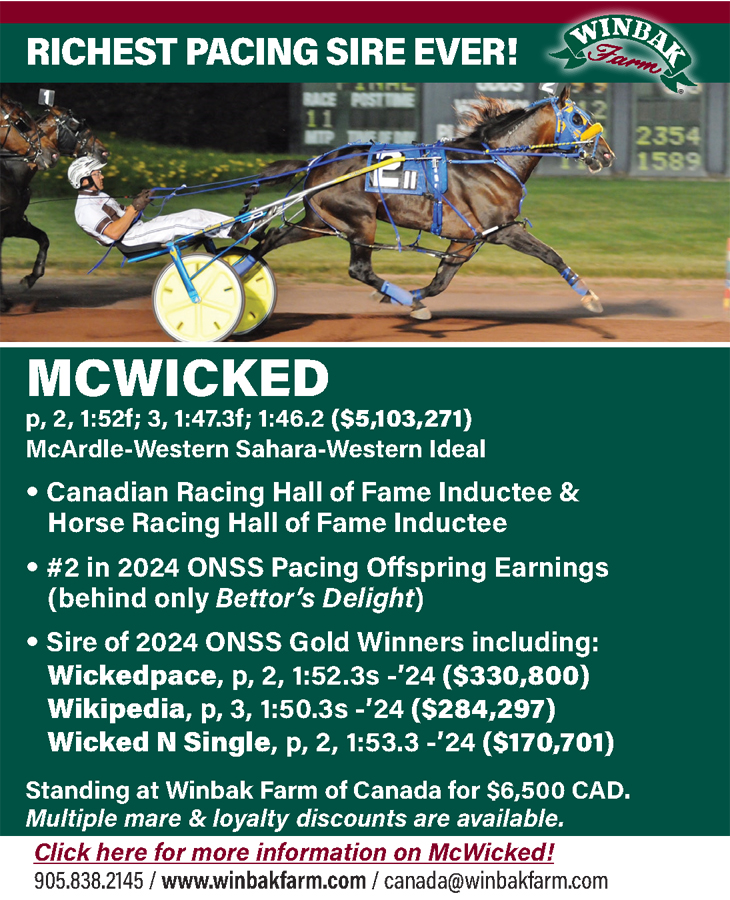
Are online horse auctions pushing in-person mixed sales toward extinction?
David Reid and Eric Cherry on the growing
prevalence of online horse sales.
by Brett Sturman
When it was announced this past week that the upcoming Tattersalls Winter Mixed Sale at the Meadowlands was canceled, the news was disappointing, though not entirely surprising.
In many ways, the Tattersalls Winter Mixed sale is representative of other live mixed sales, and the decline in entries in recent years has been a consistent trend across the industry. Using the Winter Mixed sale as an example, the high number of entries between horses and stallion shares over the past 10 years came in 2015, with 269 entries. Since then, entries each subsequent year were 258, 233, 221, 150, 128 and 90.
Though somewhat deviating in opinion as to the extent of how online auctions have impact live mixed sales, industry sales giants David Reid of Preferred Equine Marketing and Eric Cherry of onGait.com both acknowledge online sales have had an impact on live auctions.
“Obviously there’s been online sales for a number of years and COVID came and it accelerated it, and after the 2022 January sale last February, Preferred Equine launched their online site (Preferredequineonline.com),” said Reid, who is also the sale manager of the Winter Mixed Sale. “That’s important to note because I’ve long publicly stressed that the live sale format is important to the industry, and the public spoke louder than I did because of the number of sales being transacted online now. I’m disappointed that we had to cancel the 2023 Winter Mixed Sale and at the same time, I am a supporter of both types of marketplaces.
“There’s consistent trends we’re seeing in the mixed sales entries and results. Just in the mixed sale portions, entries were down at Harrisburg, our Tattersalls entries are down, and same with the Blooded Horse Sales company. This has been a trend for at least 2-3 years. But what you also see is that the sale average prices at Tattersalls last year at the Meadowlands and this past year at Harrisburg were very strong. There’s fewer horses being sold, but the quality horses are still being offered and the prices have been holding up very well. I strongly feel that the yearling marketplace will remain intact just because of the physical inspection of horses carrying a greater importance, but you can’t refute that there’s been a change in the traditional brick and mortar sales; it’s just that we’re going to have to go back to the drawing board at Tattersalls and how we can revive a live mixed sale and have future ones at the Meadowlands, because of the importance for it to the overall industry.”
In addition to online commerce, which Reid concedes has certainly made an impact, he notes other factors too as the racing game continues to change. Specific to Tattersalls at the Meadowlands, Reid notes an influence on the marketplace is the racing calendar.
“For the Meadowlands sale, the Meadowlands used to be the winter capital of racing for years and years, with the top conditioned horses, free-for-all series, the Presidential, Exit 16W, Clyde Hirt, all these series for younger horses and you had racing opportunities at all levels for all age groups and both gaits. And unfortunately, that’s changed,” he said. “The Meadowlands only races two days a week and they don’t offer the series anymore. Operations that used to gear towards winter racing for those series don’t have those opportunities anymore and so our sale has changed as the Meadowlands has changed.”
Whereas Reid sees a continued need and a place for live sales in the industry, Cherry, the co-founder of leading online seller onGait.com is far from sold on that notion. He equates live sales going the way of the landline telephone and suggests that the major yearling sales will continue to remain in place if only for the fun and social component of the Lexington sale and because of Hanover’s physical proximity to the Harrisburg sale.
“At the end of the day, what are you really having a live sale for?” asks Cherry, rhetorically. “It’s more expensive and you don’t get paid [for one month]. You have to ship your horse and risk getting your horse sick since they’re all now in the same place. And for that ‘privilege’ you pay three times the money. Certain things in this industry are needed, but why is a live sale needed.
“It hit me a few weeks ago that we always talk about the convenience of being able to sell a horse quickly, but it’s much more than that. onGait has changed horses to a different asset class altogether. If you think about it, we’ve actually made a horse a commodity as opposed to an illiquid asset. In the past, your only options were to go to three or four times a year, you could have your horse claimed, you could use an agent who sometimes could get your horse sold, or you could sell to someone you know. But you could never count on selling 10 to 15 horses next week if you really wanted to. Now today, you could sell your horse and have your money in days. And you’ll get a fair market price because of the high volume of registered bidders.
“And what this does is that it puts the money back into circulation quicker, so people could use it to immediately buy another horse. If you go to a sale and sell your horse for $100,000 – and forget for a minute about the $12 or $14,000 that comes out of that until you get done with everything – you may have to wait 60 days to see your money. Well, not everyone is in the position to buy a horse without needing that money first. And so, because the turnaround times are so quick, these horses are truly now in a different asset class than they had been.”
The extent that live sales continue to be adversely affected by the increase in the ever-expanding online sales medium remains to be seen, but based on recent trends, as well as buyers and sellers becoming more comfortable in the newer setting, it would seem much of the momentum is on the side of the virtual marketplace.















